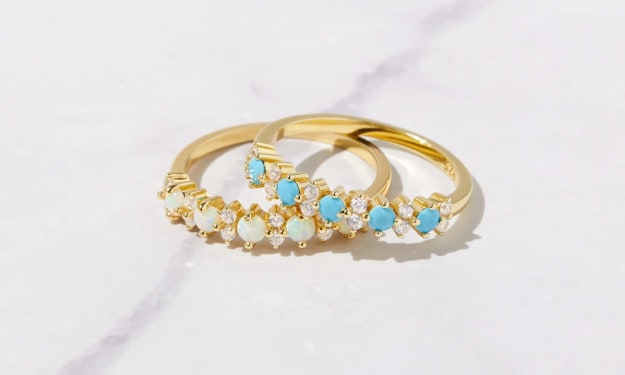Book Review- Black Ivy: A Revolt in Fashion
Fashion trends redefined.

There is often an erasure and silencing of Black culture influence in main historical narratives. Black Ivy: A Revolt in Style aims to challenge this in the fashion industry by honoring the impact of Black culture on the Ivy style. It’s a story about freedom, civil rights, and reinvention. Jason Jules and Graham Marsh takes us through the Civil Rights Movement through the influence of Black art in the fifties and sixties. This work highlights the transformation of clothing upheld by the white-privileged elite, making it cool and definitely their own. Like most narratives of the past, this is an untold story that is often silenced.
This study is essential to understanding the evolution of prep and Ivy fashion, and how a generation of men took the “classic” Ivy look and made it cool, edgy and unpredictable in ways that continue to influence today's modern men's wear. In the book, there are bright and iconic images of recognizable Ivy styles, like the Oxford, high-waisted trousers, and loafers, while playing with proportions, mixing the classics with pops of color, denim, accessories, and workwear.

Marsh and Jules explore the major role this style of clothing played during this period of upheaval and social change, and what these clothes said about the men who wore them. It includes photographs of jazz musicians, visual artists and poets to architects, philosophers and writers, spotlighting notable figures in Black culture such as Malcolm X, Martin Luther King Jr, James Baldwin, Miles Davis, and John Coltrane, outlining the different ways they reimagined Ivy and Prep fashion.
This book is a solid resource with the use of images, there is a sort of re-centering of the main WASPy narrative showcasing a stylish group of men from outside the mainstream who were fighting for racial equality and civil rights reframed and redefined these clothes. Again, this gives us evidence of how clothes are political and mean far more than warmth. The relationship between fashion, politics, and socioeconomic status is clear in this chronicling study. One of my favorite case studies in the book is Leroi Jones, one of the original Beat poets, a 1958 Activist, playwright, and jazz critic, later known as Amiri Baraka. He takes the classic Ivy combo of chambray shirt, chinos and chukka boots, with a twist of course, adding a white T-shirt and the famous ‘worn out’ look to the chinos.

And another one of my personal favorite looks is in the photo of Tommie Smith. Beneath his classic Ivy jacket, that seems to have a mixed dark tweed with its raised seam and patch pockets, a roll-neck sweater underneath, and beads to accessorize.
While Black Ivy documents the reinvention, re-imagination, and different iterations of Ivy League style, it would be interesting to know more about the impact and the reaction from different communities and identities. I want to note the limitations of this book; it largely puts women and LGBTQIA+ members in the background. This photograph reminded me of this when the person next to him is unidentified and is seemingly wearing feminine clothing, but there is no description highlighting them. This was also a relevant issue both in the narrative and reality of the fifties and sixties Civil Rights Movement. A quote by Jules explains the books impact well,
“Ironically, the characterization of Ivy league clothing as quintessentially cool is due in no small part to the enormous, but until now undocumented, influence Black Ivy style has had on mainstream culture —past and present. The old adage, it’s not what you wear it’s how you wear it, is never truer than in the case of Black Ivy style, where the classic Ivy wardrobe was comprehensively raided and then remixed and re-envisioned, away from its elitist confines, away from its mass-market popularity, and into something heavily coded and intentionally revolutionary."
*None of these photo's are from the book*
Thank you for reading!
About the Creator
Missy Banana
I always dreamed of having an anonymous blog back in the blogging hey days. Maybe I missed the fad but I still crave a space to just exist. It probably isn't that anonymouse but it's wortha shot.
Enjoyed the story? Support the Creator.
Subscribe for free to receive all their stories in your feed. You could also pledge your support or give them a one-off tip, letting them know you appreciate their work.






Comments
There are no comments for this story
Be the first to respond and start the conversation.